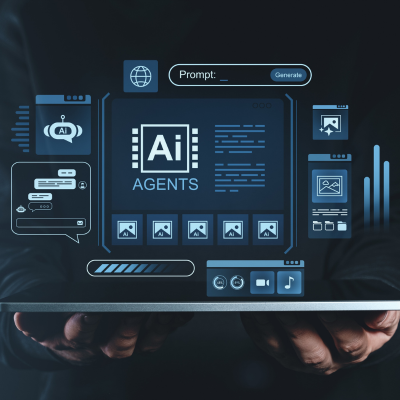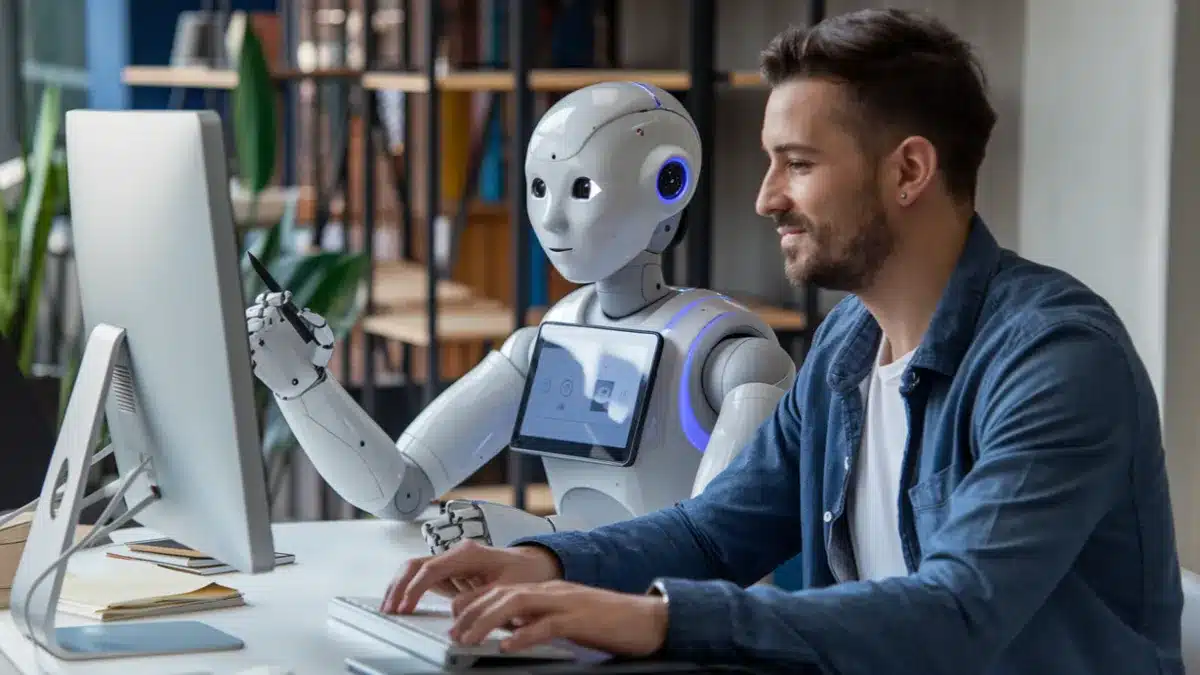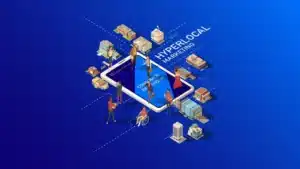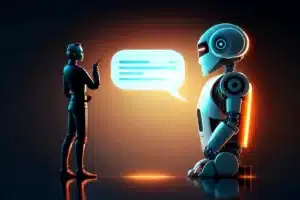The software development landscape is undergoing a profound transformation as AI pair programming tools like GitHub Copilot and Amazon CodeWhisperer evolve from novelties into indispensable collaborators. These AI-powered coding assistants provide developers with virtual partners that are available around the clock, never tire, and deliver instant, contextual feedback throughout the coding process. For technology leaders, CTOs, and software architects, understanding and mastering this evolution is essential to remain competitive in an AI-driven world.
At its essence, AI pair programming fuses human creativity and domain expertise with machine precision and recall. It goes beyond automated code generation to enable a new paradigm of collaborative programming that amplifies developer productivity, reduces errors, and accelerates learning. Professionals seeking to excel with these tools will find Amquest’s Software Engineering, Generative AI and Agentic AI Course uniquely positioned to provide deep theoretical insight combined with practical, AI-powered learning—delivered by industry veterans in Mumbai and accessible nationwide online.
From Traditional to AI Pair Programming: A New Collaborative Era
Pair programming has long been a staple of agile software development, where two developers work side-by-side in driver and navigator roles to write, review, and debug code collaboratively. This approach improves code quality, speeds problem-solving, and facilitates knowledge sharing. However, it is constrained by human factors such as scheduling conflicts, fatigue, and interpersonal dynamics.
AI pair programming transforms this model by introducing a machine learning partner that is always available, fully attentive, and free from ego or distraction. Unlike human pairs, AI assistants never need breaks, maintain consistent engagement, and rapidly switch contexts without cognitive overload. This enables developers to focus on higher-level design and business logic while the AI handles boilerplate, syntax, and repetitive tasks.
| Aspect | Traditional Pair Programming | AI Pair Programming |
|---|---|---|
| Availability | Limited by schedules and fatigue | 24/7 availability, no fatigue |
| Consistency | Varies by human factors | Consistent quality and attention |
| Collaboration Dynamics | Driver and navigator roles | Human directs, AI suggests and assists |
| Interpersonal Factors | Requires compatible personalities | No ego, no conflict |
| Learning Opportunities | Real-time dialogue and mentoring | Instant explanations and contextual knowledge |
This synergy leverages the creative problem-solving and domain expertise of humans alongside AI’s pattern recognition and recall capabilities, creating a powerful collaboration dynamic critical for the modern AI engineering career path.
Leading AI Pair Programming Tools and Features
The market for AI coding assistants is rapidly advancing, with several tools shaping the future of developer collaboration:
- GitHub Copilot: Powered by OpenAI’s Codex, it suggests whole lines or blocks of code as you type, adapting to your style and context.
- Amazon CodeWhisperer: Provides real-time code recommendations and flags potentially problematic code.
- Tabnine: Focuses on personalized, secure code completion trained on your own codebases.
These tools excel in rapid prototyping, boilerplate code generation, smart debugging, and code refactoring. They are particularly valuable for solo developers and small teams, providing instant feedback and reducing the cognitive load of switching between coding and searching for documentation or examples.
A notable emerging trend is AI code review, where advanced systems not only suggest fixes but explain underlying errors, turning debugging into a learning opportunity. This capability is transformative for onboarding junior developers and upskilling teams on new languages or frameworks.
Best Practices for Success with AI Pair Programming
To harness the full potential of AI pair programming, developers and teams should adopt deliberate strategies:
- Set Clear Objectives: Define which tasks the AI should handle (e.g., boilerplate, debugging, documentation) and which require human judgment (e.g., architecture, business logic).
- Iterate and Validate: Treat AI-generated code as drafts. Always review, test, and refine to meet quality and security standards.
- Continuous Learning: Use AI explanations and alternative suggestions as learning tools to accelerate mastery of new technologies and best practices.
- Customize and Train: Many tools support fine-tuning on your codebase to improve relevance and reduce irrelevant suggestions.
- Mitigate Risks: Be aware of potential over-reliance on AI, security concerns, and intellectual property issues. Enforce rigorous code review and governance processes.
Real-world example: A mid-sized fintech company integrated GitHub Copilot into its development workflow. After three months, they reported a 30% reduction in time spent on repetitive coding tasks, a 15% drop in defect rates, and faster onboarding for junior developers—benefits aligned with traditional pair programming outcomes.
Cultivating a Culture Around AI Pair Programming
The rise of AI pair programming marks not only a technical shift but a cultural one. Developers increasingly form communities to share prompts, workflows, and success stories. Platforms such as GitHub Discussions and Stack Overflow are hubs for tutorials on maximizing AI coding assistants.
For organizations, fostering a culture of continuous learning is crucial. This involves more than adopting tools—it requires investing in education and mentorship. The Software Engineering, Generative AI and Agentic AI Course at Amquest Mumbai exemplifies this approach by combining cutting-edge theory with hands-on projects, AI-powered learning, and industry mentorship. Its integration of internships with leading tech partners further bridges the gap between education and real-world application.
Measuring the Impact of AI Pair Programming
Assessing the value of AI pair programming requires tracking key performance indicators:
- Time to Completion: Reduction in feature and bug fix delivery times.
- Defect Rates: Monitoring code quality before and after AI adoption.
- Developer Satisfaction: Surveys on perceived productivity and engagement.
- Onboarding Speed: Time taken for new hires to become productive.
One global SaaS company reported a 25% acceleration in feature delivery cycles and improved developer retention after adopting AI pair programming tools, as automation freed developers for more creative tasks.
Case Study: Accelerating Development at TechForward Solutions
Background: TechForward, a Mumbai-based AI startup, faced challenges scaling engineering while maintaining code quality. Hiring senior talent was slow, and junior developers required extensive mentorship.
Challenge: Inconsistent code practices, slow onboarding, and high volumes of repetitive tasks impeded progress.
Solution: TechForward integrated GitHub Copilot and invested in upskilling through Amquest’s Software Engineering, Generative AI and Agentic AI Course. The course’s AI-led modules, real-world projects, and industry mentorship accelerated team competency.
Results: Within six months, TechForward achieved a 40% reduction in time spent on boilerplate code, a 20% decrease in critical bugs, and onboarding times cut by half. The company credited the synergy of advanced AI tools and structured, practical education for these gains.
Actionable Tips for Developers and Teams
- Start Small: Pilot AI coding assistants on non-critical projects to evaluate fit.
- Blend Human and AI Pairing: Use AI alongside occasional human pair programming for complex problems, leveraging diverse perspectives.
- Document Effective Prompts: Share successful prompts and workflows to maximize tool value.
- Prioritize Security: Ensure compliance with data privacy and intellectual property policies.
- Invest in Learning: Complement tool adoption with hands-on courses like Amquest’s, which combine generative and agentic AI education with industry expertise.
Why Choose Amquest’s Software Engineering, Generative AI and Agentic AI Course?
Unlike generic offerings, this course is designed for today’s development realities:
- AI-Led, Project-Based Learning: Real-world challenges drive the curriculum, with AI tools embedded throughout.
- Industry-Experienced Faculty: Learn from professionals who have architected and deployed large-scale AI systems.
- Internship and Placement Support: Strong connections within Mumbai’s tech ecosystem and nationwide online delivery open robust career pathways.
- Comprehensive Curriculum: From software engineering foundations to advanced generative and agentic AI topics, the course prepares you for the future of collaborative programming.
This immersive AI-powered learning approach ensures you don’t just study AI—you use it daily to build, debug, and deploy software, mirroring the environments in top tech firms.
Conclusion
AI pair programming is no passing trend—it is rapidly becoming the new standard for developer productivity and software quality. By blending human ingenuity with machine efficiency, teams can deliver faster, create more reliable code, and continuously upskill. Tools like GitHub Copilot and Amazon CodeWhisperer are just the beginning; mastering them through structured, practical education is the true competitive advantage.
For those ready to lead in this transformative space, Amquest’s Software Engineering, Generative AI and Agentic AI Course provides unparalleled expertise, hands-on projects, and career-focused outcomes. Whether in Mumbai or online, this is your pathway to becoming a thought leader in the future of programming collaboration.
Ready to transform your career with AI pair programming? Explore Amquest’s course today and join the next generation of AI-savvy developers.
FAQs
What is AI pair programming?
AI pair programming is a collaborative approach where developers work alongside AI tools that suggest code, identify errors, and explain concepts in real time, enhancing productivity and learning.
How does AI pair programming improve developer productivity?
By automating repetitive tasks, offering instant feedback, and reducing context-switching, AI coding assistants help developers stay focused and deliver higher-quality code faster.
Can AI pair programming replace human developers?
No. AI augments human developers by handling routine tasks and providing suggestions, but critical thinking, architecture, and business logic remain firmly human responsibilities.
What are the risks of using AI coding assistants?
Potential risks include over-reliance on generated code, security vulnerabilities, and intellectual property concerns. Always review and validate AI-suggested code carefully.
How do I get started with AI pair programming?
Begin by integrating a tool like GitHub Copilot into your workflow, and complement this with structured education—such as Amquest’s course—to build both technical and strategic AI competencies.
Why choose Amquest’s Software Engineering, Generative AI and Agentic AI Course?
Amquest stands out for its industry-aligned curriculum, AI-powered hands-on projects, experienced faculty, and strong internship and placement support in Mumbai and nationally online.










